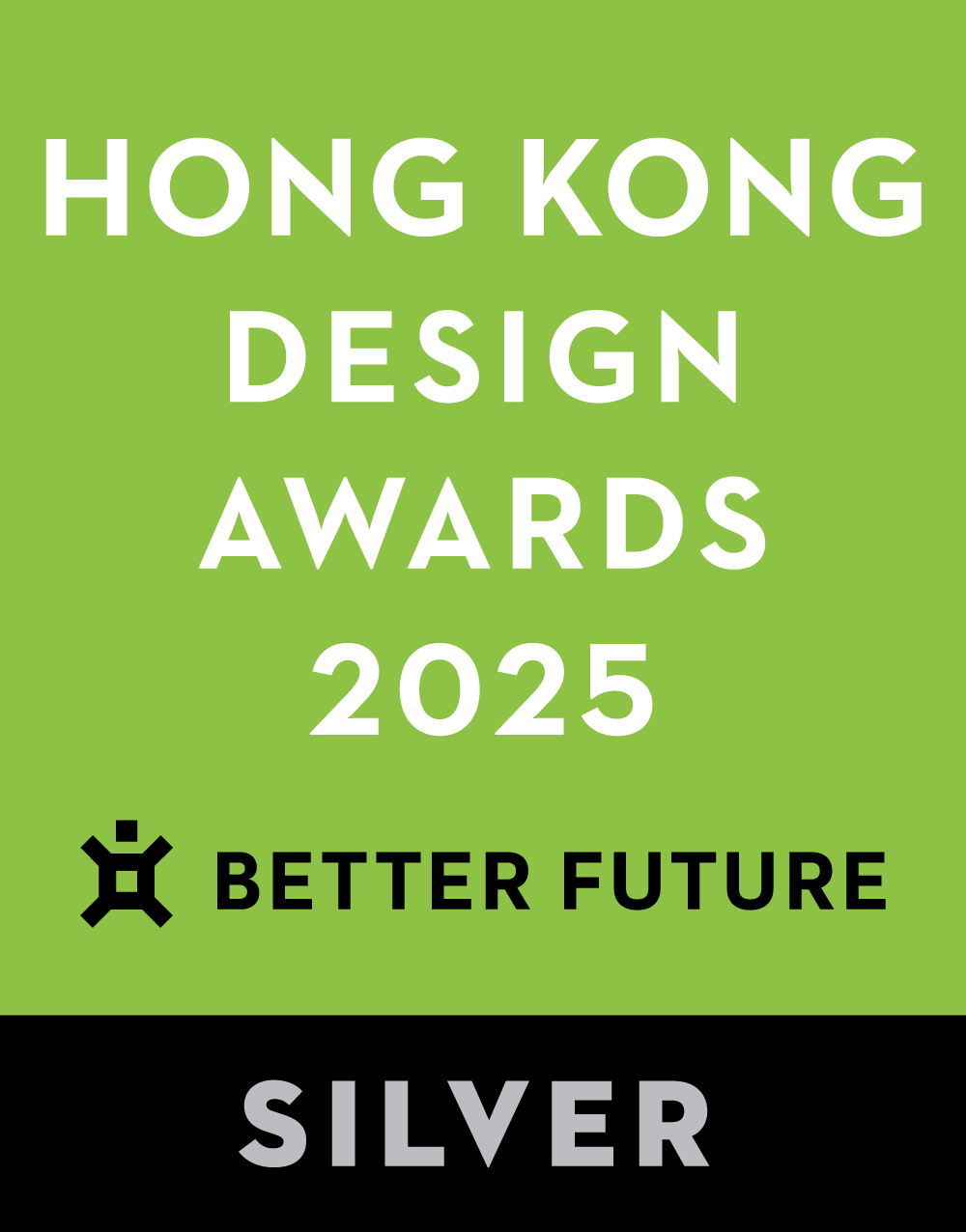









Image Credit : Sicong Sui

Project Overview
TianTong 198, located in Shanghai's North Bund, integrates high-end apartments, courtyard houses, and townhouses. The project reinterprets the historical Shanghai alley house typology for modern living, offering a blend of traditional and contemporary elements. The design emphasises a minimalist, "white box" concept to maximise functionality and provide a flexible living space. This approach focuses on the essentials, creating a balance between luxury and simplicity, appealing to the diverse needs of today's homeowners.
Project Commissioner
Project Creator
Team
Mildred Lee, Jessica Chen, Anna Zhang, Matthew Sung, Sky Shui
Project Brief
TianTong 198 redefines residential luxury with a modern interpretation of Shanghai’s traditional architecture. In collaboration with renowned designer Tony Chi, the design team adopted a "white box" approach, minimising excessive finishes while focusing on essential spaces like the foyer, kitchen, and bathroom.
The result is a flexible yet refined design, blending minimalist aesthetics with advanced technologies like electronic locks and fingerprint recognition, making the space adaptable to various personal styles. This approach not only reduces waste but also emphasises the quality and functionality of key living areas.
Project Need
The project's key innovation lies in its bespoke design approach, offering personalised elements that distinguish it from typical luxury offerings in the market. Collaborating with local artisan Eric Morris, exclusive door hardware was created that blends Shanghai's cultural heritage with Western minimalism.
This integration of modern technology, like electronic locks and fingerprint recognition, addresses the needs of contemporary Chinese families while maintaining a high standard of craftsmanship. This innovative approach elevates the market offering, appealing to those seeking uniqueness and modern convenience.
Design Challenge
One of the major challenges was balancing the desire for luxury and functionality with sustainability. The design sought to minimise waste by reducing unnecessary finishes and focusing on essential living spaces that offer the most value.
The challenge was to create a home that is not only aesthetically appealing but also adaptable and sustainable, preventing future renovations and minimising material waste. The team had to carefully select materials and design elements that would be both timeless and functional, avoiding trends that might quickly become outdated.
Sustainability
Sustainability was a core focus of the design process. By adopting a “white box” concept, the team reduced the need for excessive surface finishes, minimising waste from future renovations.
The project emphasised eco-friendly materials and incorporated repurposed antique furniture, blending modern design with historical elements. A custom black lacquer armoire in the living room, incorporating Qing dynasty wooden reliefs, exemplifies the use of sustainable practices through creative reuse.
This commitment to sustainability reduces environmental impact while maintaining a high standard of design and craftsmanship, offering a more conscious approach to luxury living.
Interior Design - International Residential
Open to all international projects this award celebrates innovative and creative building interiors, with consideration given to space creation and planning, furnishings, finishes, aesthetic presentation and functionality. Consideration also given to space allocation, traffic flow, building services, lighting, fixtures, flooring, colours, furnishings and surface finishes.
More Details

